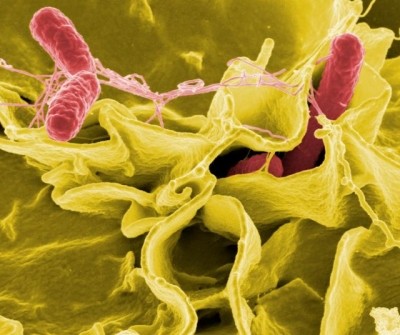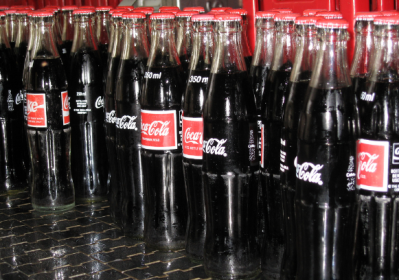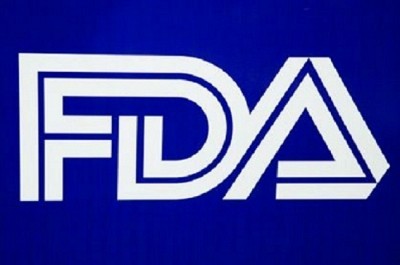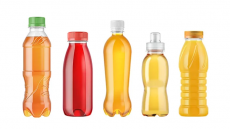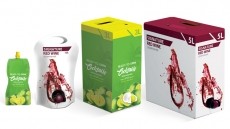BEVERAGEDAILY.COM SPECIAL EDITION: CLEANING UP THE BEVERAGE INDUSTRY
Beverage industry has ‘lost focus’ on hygienic design: top consultant
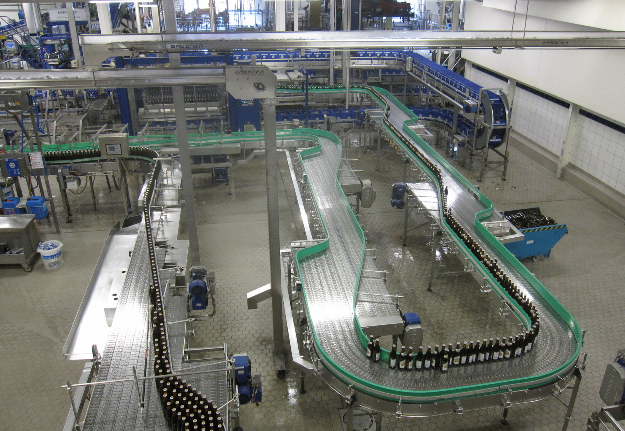
Based in South Africa, Murray has run Andrew Murray Consulting since 1985, and counts the likes of GEA Tuchenhagen, Schweppes (Zimbabwe) and SA Breweries (SAB Miller) among a wide clientele.
In light of his experience, we asked Murray what he thought the most commonly overlooked areas in terms of hygienic design and practices of beverage facilities (in terms of site, building, segregation, process lines, pest control, etc.).
“I can’t think of any areas of design that are being specifically overlooked, but I do think that we as an industry have lost focus,” Murray said.
"There seems to be a lack of understanding about barriers and what contamination we are trying to prevent at each barrier, i.e. the factory gate, the factory door, the area door, the machine interface and the ultimate package,” he added.
“This lack of understanding leads to over-design in some areas and under-design in other areas.”
Cleaning efficiencies lighten carbon load
Addressing the issue of whether pressure to cut costs – particularly for private label players in regions such as Europe – meant there was a danger that corners were cut on the hygiene side, Murray said:
“I hope that we are beginning to realize that proper hygienic design should lead to a reduction in cleaning cost and indirectly better use of water and reduced effluent. All this is very important in terms of climate change and greening of the industry,” he said.
Murray added: “As an industry we simply have to reduce our carbon footprint and probably the quickest way to do this is by improving our cleaning efficiencies."
“We will not make sufficient impact simply by changing the light bulbs.”
So what is the payoff for beverage manufacturers who maintain high standards in terms of hygienic design and practice, given that – beyond the potential PR and financial cost to a brand that product contamination and a potential recall might bring – plant efficiency also tends to increase?
Hygienic design pays for itself
Dr. Terence Child, a leading UK-based consultant who runs Food Hygiene Technologies, and focuses on the food processing, beverage and catering industries (with special expertise in bottled water) told BeverageDaily.com that hygienic design and good manufacturing practice would result in higher plant efficiency.
“There will be fewer stoppages, less risk of contamination, pre-emptive equipment maintenance will avoid line downtimes and a well-trained staff will work more efficiently and understand more about the important of good hygiene practice,” he said.
Glossing the vital issues to consider in regard to the hygienic design of bottled water plants, Child said that (1) it was vital to choose a site that did not create problems, i.e. near a chemical works, rivers that may flood, farming environments, with the latter a “significant risk if animals are close by”.
Secondly, he said that buildings should be purpose-built (rather than, say, converted barns), with a ‘high risk’ area defined within the building where product in open bottles is present, and the bottling plant sealed from the external environment and no external doors opening directly to the outside.
“A hygiene and cleaning schedule needs to be created for the whole building based on the risk analysis highlighted by the HACCP program. External areas should be policed for excessive rubbish accumulation and encroachment of vegetation,” Child said.
Thirdly, Child said that the filling area should be under positive air pressure to avoid inflow of contaminated air, with HEPA filters used to filter air and checked regularly to avoid blockage, with either the filler treated this way if it is enclosed, or the whole bottling plant, if it is not.
“Entry into the area must be limited to essential personnel wearing appropriate protective clothing. Aseptic filling requires very high standards of hygiene and preferably should be run automatically and remote from human participation,” Child said.
“When this is not possible, the operator should be specially trained to work in an aseptic environment,” he added.
Glass breakages and pest control
Turning to process lines (4), Child said that the distance between bottle filler and capper, and blow molder and filler should be as short as possible, although he acknowledge that this was not always possible in the latter case.
Fifthly, firms filling glass bottles must have a ‘glass breakage policy’ to detail actions taken when breakages occur; H1 grade conveyor lubricants (approved for indirect food contact) should also be used.
Finally, Child said that a pest control program must be operated by an accredited pest control company, with UV/glueboard flying insect devices preferable to electric models (to avoid insect debris) and siting of the unit very important.
“Poison baits should not be used in the high-risk area, neither should loose baits be used,” he added. “All bait boxes should carry a number for identification which is referred to in the pest control report.”
Talking in general terms about one hygienic factory design trend, John Holah, head of food hygeine at Campden BRI, cited the hygienic design of CIP systems.
“This reflects their need for cleaning validation [for instance, by monitoring the composition of rinse water] and how this can be achieved, the requirements to use less water and the potential for water re-use in the initial cleaning and rinsing stages,” Holah said.
